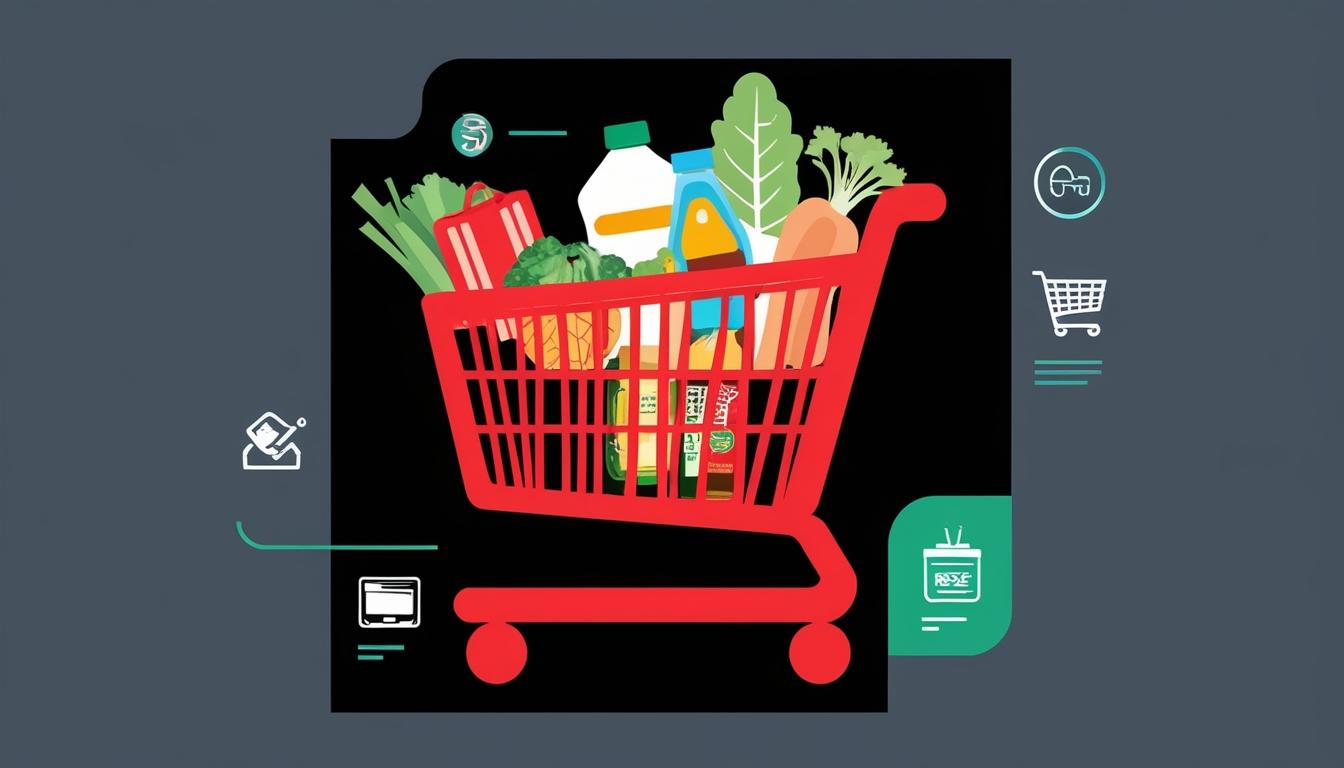In recent years, rising grocery prices have prompted significant changes in consumer behaviour, according to a report by Global Brands Magazine. As inflation continues to impact household budgets, consumers have increasingly adopted cost-saving measures, such as opting for private-label products and focusing on essential purchases.
As the grocery sector continues to adapt, the landscape is poised for transformation by 2025, driven by heightened competition, evolving consumer priorities, and digital advancements. Key players such as Amazon are heavily investing in artificial intelligence (AI) and digital integration to enhance the shopping experience. E-commerce is growing rapidly, with projected growth rates for online grocery sales expected to reach as high as 10%, surpassing overall market growth. This escalation is reflective of changing shopping habits, as customers increasingly value convenience and personalised shopping experiences—trends that retailers are responding to by integrating digital platforms with both online and in-store solutions.
The report indicates that conventional shopping practices are evolving, with consumers engaging in shorter, more purposeful trips focused on essentials rather than impulse buys. As a result, 61 per cent of individuals living paycheck-to-paycheck are prioritising essential grocery items over non-essential ones. This shift has placed greater pressure on retailers to adapt their pricing strategies and promotional offers to align with the changing consumer mindset.
Discount retailers are facing mounting challenges as previously solid customer bases are increasingly drawn towards non-discounted chains or online alternatives. Major players like Walmart and Amazon are capitalising on e-commerce movements while providing a wider array of products at competitive prices. Amid this competitive climate, discount grocers must strike a balance between maintaining low prices and offering convenience and variety to retain customers.
The landscape of grocery retail is also being reshaped by ongoing industry consolidation. The failed merger between Kroger and Albertsons has left both firms in a state of uncertainty, forcing regional grocers to reconsider their growth strategies. Small retailers are reportedly seeking consolidation opportunities, whether through acquisitions or strategic alliances, as they aim to fortify their market positions against larger entities.
The integration of AI and automation within the grocery sector has taken on an increasingly pivotal role, aiding retailers in areas such as inventory management, price optimisation, and personalisation. While AI assists in predicting demand and streamlining supply chains to support more cost-effective operations, it also raises questions related to ethics, data privacy, and workforce training. The transition towards automation may necessitate a workforce equipped with more sophisticated skills to respond to the changing demands of the retail landscape.
As affordability remains a central theme in the grocery market, businesses are expected to bolster their range of private-label products and adjust pricing strategies to meet consumer demands. Retailers such as Loblaws in Canada illustrate this trend by expanding their discount offerings and collaborating with budget-friendly brands like No Frills.
Looking ahead, the future of grocery retail is anticipated to be characterised by intense competition, enhanced convenience, and digital transformation. The industry's adaptability to evolving consumer behaviours and preferences will determine success. As urbanisation increases and populations grow, grocery retailers must integrate AI-driven innovations while focusing on value and personalised service to meet the needs of a cost-sensitive and technologically astute customer base.
In conclusion, by 2025, the grocery sector is set to be transformed through the amalgamation of digitally-driven enhancements, value-driven pricing models, and strategic mergers and acquisitions. The ability of retailers to respond to these shifts while offering convenience and value will be essential for maintaining competitiveness in an increasingly complex marketplace.
Source: Noah Wire Services
